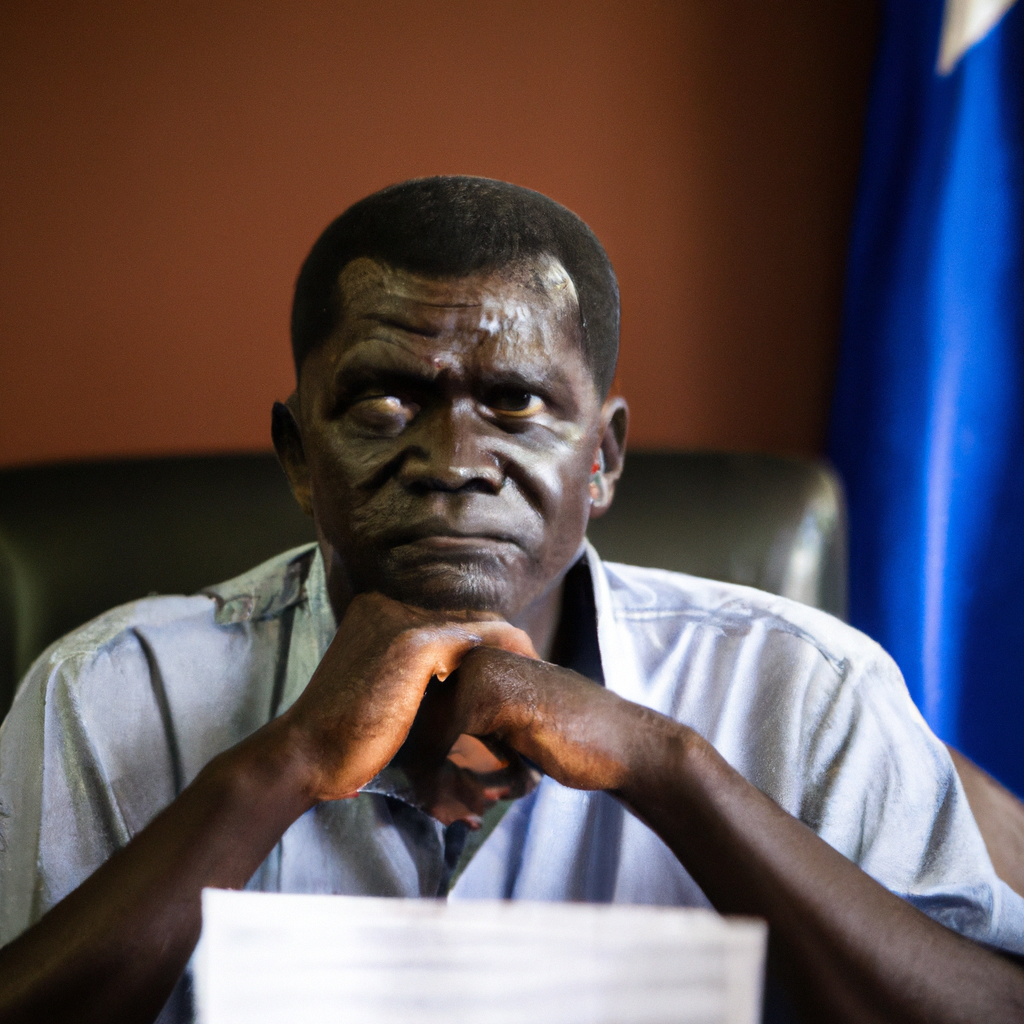A severe heatwave is gripping Uganda, with temperatures soaring to unprecedented levels across various regions. Citizens are experiencing extreme weather conditions, prompting local authorities to issue heat advisories to ensure public safety. Reports indicate that temperatures have reached as high as 37 degrees Celsius in urban areas like Kampala and Jinja, exceeding historical averages for this time of year. This extreme heat has raised concerns about the health of vulnerable populations, particularly the elderly and children, who are at greater risk of heat-related illnesses. As the situation evolves, the government is responding with initiatives aimed at mitigating the effects of this climatic distress.
Health Risks Intensify
The Ministry of Health has warned of possible health risks associated with prolonged exposure to extreme heat. Conditions such as heat exhaustion, heat cramps, and heat stroke are becoming more common as temperatures remain elevated. Health officials are urging the public to remain hydrated by drinking plenty of water and avoiding outdoor activities during peak sunlight hours. Signs of heat-related illnesses include headache, dizziness, and a rapid heartbeat.
Moreover, health centers across the country are on high alert to provide immediate care for those affected. Medical professionals emphasize the importance of recognizing symptoms early to prevent severe health complications. Public awareness campaigns are being ramped up, particularly in areas where the temperature has been record-breaking.
Livelihoods Affected
In addition to health concerns, the heatwave severely affects the agricultural sector, crucial to Uganda’s economy. Farmers are reporting reduced crop yields due to scorching temperatures and a lack of rainfall. Farmers in regions like Nakaseke and Luwero, which are primarily reliant on subsistence farming, have voiced concerns that crops such as beans and maize are wilting due to the relentless sun. Local agricultural experts warn that if the heat persists, food security could be threatened nationwide.
Livestock are also suffering due to high temperatures, with many farmers noticing decreased milk production and increased mortality rates among vulnerable animals. Urgent measures, including increased access to veterinary care and sustainable irrigation practices, are being discussed to counter the impacts of the heatwave on agricultural livelihoods.
Urban Challenges
The intense heat has also highlighted the challenges faced by urban dwellers in cities like Kampala. The concrete jungle exacerbates heat retention, causing temperatures to rise even higher compared to rural areas. Many residents are struggling to cope with the heat amid limited access to cooling solutions and electricity.
Local government leaders have started exploring options to provide public cooling centers where residents can seek relief. However, the implementation of such programs faces logistical challenges, especially in informal settlements that lack basic infrastructure. Communities are encouraged to come together, sharing resources and strategies to cope with the ongoing heat crisis.
Environmental Considerations
Experts are linking this heatwave to broader climate change trends affecting Uganda and the greater East African region. Patterns of increasing temperatures and fluctuating rainfall have opened discussions on sustainable environmental practices. The ongoing drought conditions in some regions call for urgent dialogue about climate resilience strategies, emphasizing the need for reforestation and improved land management.
The Uganda National Meteorological Authority is collaborating with global weather agencies to predict weather patterns more accurately and prepare for future climate-related challenges. This collaboration aims to equip farmers and communities with the knowledge needed to adapt and thrive despite changing climatic conditions.
As the heatwave continues, Ugandans are encouraged to come together to share resources and strategies for coping. Communities may need to draw on traditional knowledge and practices that have historically helped them weather climatic extremes.
In conclusion, the intensity of the current heatwave is a call to action for local authorities, citizens, and organizations to find resilient solutions to the ongoing climate crisis. If trends continue, it could necessitate significant changes in how Ugandans live and work, underscoring the urgent need for collective adaptation strategies. As temperatures remain high, proactive measures will be essential in safeguarding health, livelihoods, and the environment for all Ugandans.








